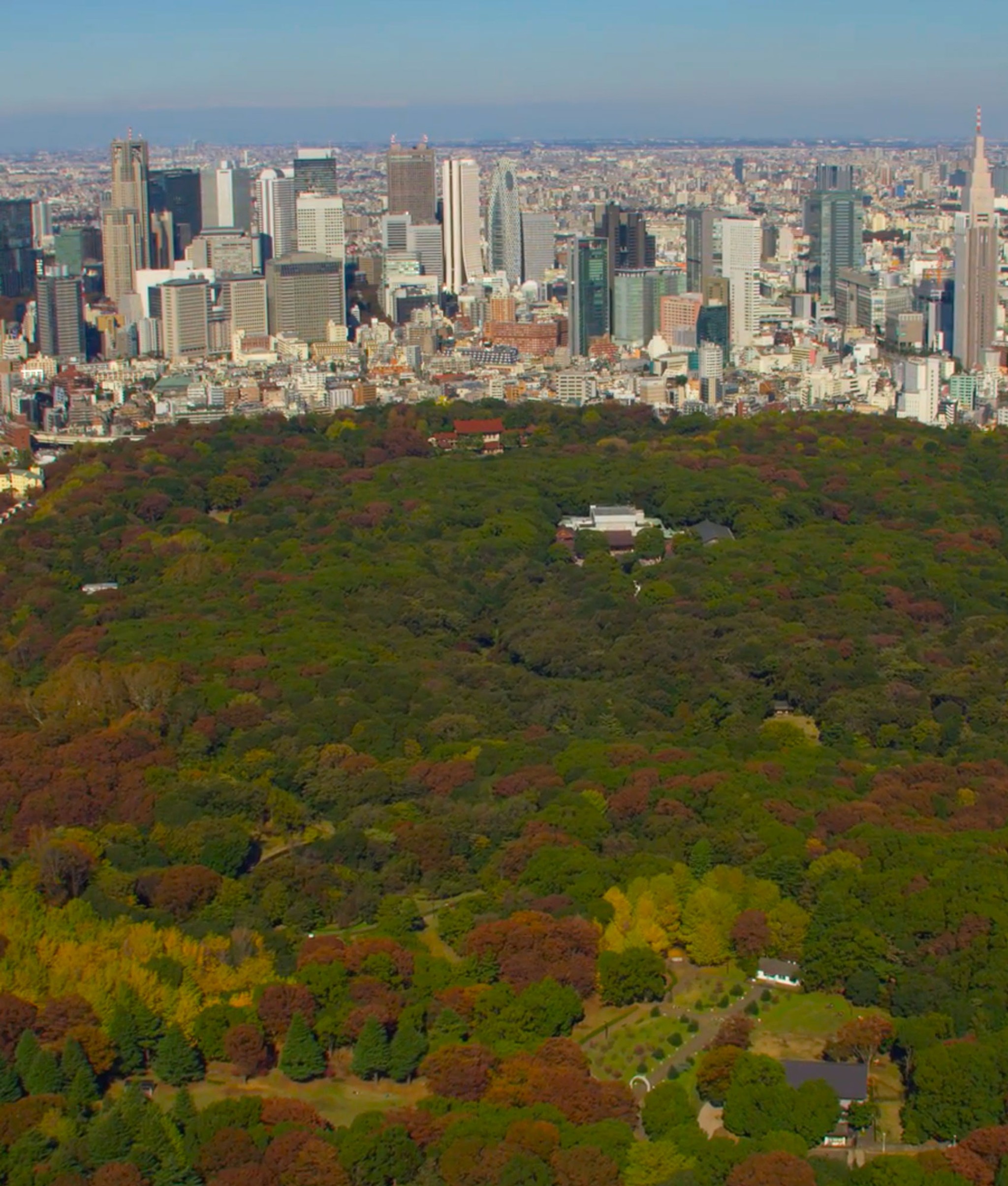Nippon Steel Forest: Transforming Industrial Wastelands

Transforming Industrial Wastelands into Biodiverse Miyawaki Forests
By the 1970s, Japan had become an economic powerhouse. Industries like steelmaking and automobile manufacturing were booming. With this rapid industrialization and development, pollution levels soared, leaving urban dwellers struggling to cope.
As the skies filled with smog and waters became contaminated, diseases like Minamata disease and Yokkaichi asthma were attributed to this new industrial expansion. Spurred on by the worsening conditions, in 1971 Japan established its environmental agency.
Prof. Akira Miyawaki
In search of solutions, many industry leaders turned to Professor Akira Miyawaki for his ecological expertise. Sensitive to any attempt to greenwash the industrial destruction, Miyawaki declared he would only create robust natural forests that he was sure could make a difference in mitigating pollution and natural disasters, while enriching local biodiversity.

Nippon Steel
Japan’s largest steelmaker, Nippon Steel Corporation, was one of the first companies to entrust Miyawaki with this task. In 1971, he was hired to build natural forests on their production sites in Oita, Nagoya, Sakai, Kamaishi, Futtu, Hikari, Muroran, and Yawata.
Using the project as an opportunity to develop a methodology that prioritized the rapid growth of a biodiverse natural forest, the Miyawaki Method was born.

The Miyawaki Method

The Impact
Rapid growth
Today the Nippon Steel Corporation boasts 2,076 acres of mature Miyawaki forests, with trees as high as 98 feet. While this progress was made in 50 years, conventionally planted forests can take up to 100 years or more to mature.
Establishment of the Miyawaki Method
The Nippon Steel forests became a model for how industry and environmental restoration could coexist and collaborate. In 1973, Japan introduced a Factory Location Law requiring large factories to allocate 20% of their land to green spaces. Following success at Nippon Steel, Miyawaki went on to collaborate with Tokyo Electric Power, Toray, Honda, and Mitsui Fudosan.

Environmental Results
Cooling impact
Miyawaki forests are known to have a major cooling effect. This is done by offering shade and producing a cooling vapor by a process known as evapotranspiration.
Air quality improvement
Absorbing pollutants and mitigating air pollution, the dense vegetation acted as a natural air filter, helping to cleanse the air in an area that was previously affected by industrial emissions.
Enriching biodiversity
The restored forest area provides a rich habitat for various wildlife species and microbial communities, enriching local biodiversity and creating a more balanced ecosystem.





